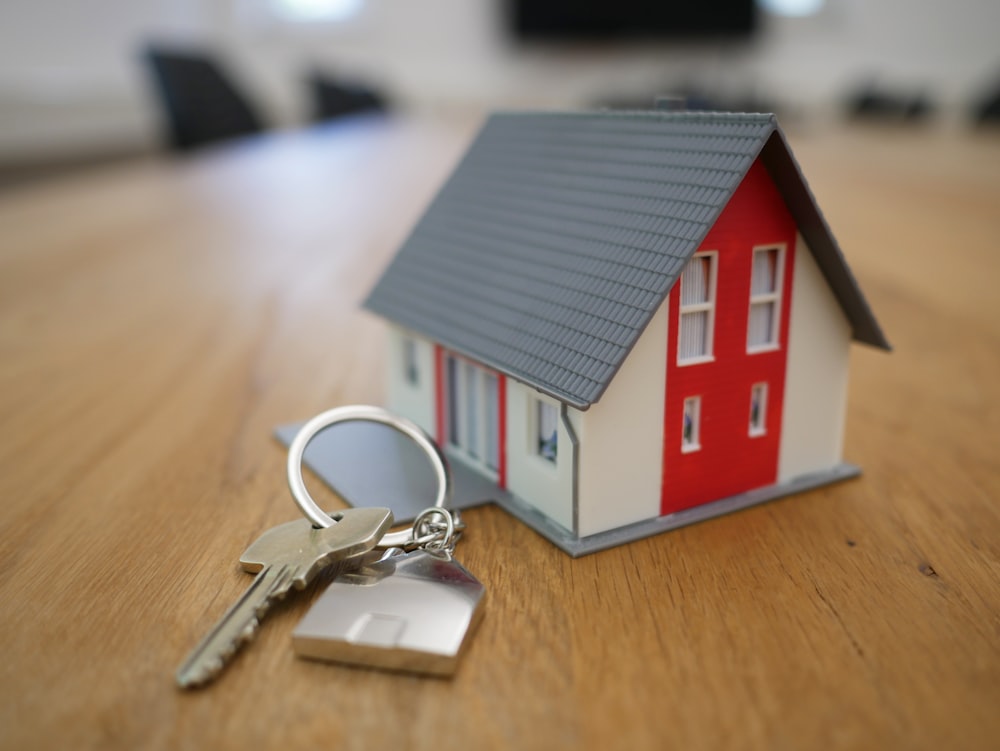Fire safety requirements represent one of the most critical aspects of ADU legalization under AB 2533, as they directly protect occupant lives and property. California's fire safety codes for ADUs focus on early detection, safe egress, and fire prevention measures. This comprehensive guide covers all fire safety requirements necessary for successful ADU legalization.
California Fire Safety Code Overview for ADUs
Fire safety requirements for ADUs are governed by the California Building Code (CBC) and California Fire Code (CFC), with additional local requirements that may apply depending on jurisdiction and fire district.
Key Fire Safety Standards
- California Building Code (CBC): Structural fire safety and egress requirements
- California Fire Code (CFC): Fire prevention and protection systems
- Local Fire Districts: Additional requirements for high-risk areas
- Life Safety Focus: Priority on occupant protection and escape
- Prevention Measures: Reducing ignition sources and fire spread
Emergency Egress Requirements
Proper emergency egress ensures occupants can safely escape in case of fire or other emergencies.
Bedroom Egress Windows
- Minimum Opening: 5.7 square feet net clear opening
- Minimum Width: 20 inches net clear opening width
- Minimum Height: 24 inches net clear opening height
- Maximum Sill Height: 44 inches above finished floor
- Window Wells: Proper design for below-grade windows
Door Egress Requirements
- Primary Egress: Direct access to exterior or safe area
- Door Width: Minimum 32-inch clear opening
- Hardware: Single-action operation from inside
- Swing Direction: Outward swing in high-occupancy areas
- Threshold: Maximum 3/4-inch height difference
Smoke Detection Systems
Early fire detection through smoke alarms provides critical warning time for safe evacuation.
Smoke Detector Placement Requirements
- Every Bedroom: Smoke detector in each sleeping room
- Hallways: Detectors in corridors serving bedrooms
- Every Level: At least one detector on each floor level
- Interconnection: All detectors interconnected for simultaneous alarm
- Power Source: Hardwired with battery backup preferred
Smoke Detector Installation Standards
- Ceiling Mounting: Center of room or within 12 inches of center
- Wall Mounting: 4-12 inches below ceiling if ceiling mount not possible
- Clearances: Minimum distances from HVAC vents and corners
- Kitchen Considerations: Placement to minimize false alarms
- Testing: Regular testing and maintenance requirements
Carbon Monoxide Detection
Carbon monoxide detectors prevent poisoning from combustion appliances and attached garages.
CO Detector Requirements
- Fuel-Burning Appliances: Required when gas appliances present
- Attached Garages: Required when garage shares common wall
- Sleeping Areas: CO detectors near all sleeping areas
- Interconnection: Connected to smoke detection system
- Combination Units: Smoke/CO combination detectors acceptable
Fire Separation Requirements
Proper fire separation prevents fire spread between the ADU and primary dwelling or adjacent structures.
Wall Fire Ratings
- ADU-to-House Separation: Minimum 1-hour fire-rated wall
- Property Line Separation: Fire rating based on distance to property line
- Garage Separation: Fire-rated walls between living space and garage
- Fire-Rated Assemblies: Walls, floors, and ceilings as required
- Penetration Sealing: Fire-rated sealing of openings
Fire-Rated Door and Window Requirements
- Fire Doors: Self-closing fire-rated doors where required
- Window Protection: Fire-rated glazing in certain locations
- Hardware: Fire-rated hinges and closing mechanisms
- Gaps and Seals: Proper sealing around door frames
- Maintenance: Regular inspection and maintenance
Fire Sprinkler System Considerations
While not always required, fire sprinkler systems provide additional protection and may be mandated in certain situations.
Sprinkler Requirements
- New Construction: Required in new ADUs over certain size thresholds
- Existing ADUs: Generally not required for legalization
- High-Risk Areas: May be required in wildfire-prone zones
- Local Requirements: Some jurisdictions have additional requirements
- Residential Systems: NFPA 13D systems for residential use
Alternative Fire Protection
- Enhanced Detection: Additional smoke and heat detectors
- Fire Extinguishers: Portable extinguishers in key locations
- Escape Ladders: Emergency escape ladders for upper floors
- Fire Blankets: Kitchen fire suppression aids
Electrical Fire Safety
Electrical systems must meet strict safety standards to prevent fire ignition.
Electrical Fire Prevention
- AFCI Protection: Arc-fault circuit interrupters in bedrooms and living areas
- Proper Wiring: Code-compliant electrical installation
- Outlet Spacing: Adequate outlets to prevent extension cord use
- Panel Safety: Proper electrical panel installation and labeling
- Professional Installation: Licensed electrician installation required
Heating System Fire Safety
Heating equipment requires special attention to prevent fire hazards.
Combustion Appliance Safety
- Clearances: Adequate clearances from combustible materials
- Venting: Proper combustion air supply and exhaust venting
- Installation: Professional installation per manufacturer requirements
- Maintenance: Regular cleaning and inspection
- Carbon Monoxide: CO detection for all fuel-burning appliances
Fireplace and Wood Stove Requirements
- Installation Standards: Code-compliant installation with proper clearances
- Chimney Requirements: Proper chimney construction and maintenance
- Hearth Protection: Non-combustible hearth materials
- Screen Protection: Spark arrestors and protective screens
- Local Restrictions: Air quality and burn day restrictions
Kitchen Fire Safety
Kitchens present unique fire risks requiring special safety measures.
Cooking Equipment Safety
- Range Hood: Adequate ventilation over cooking equipment
- Clearances: Proper clearances above and around cooking surfaces
- Electrical: GFCI protection for countertop outlets
- Fire Extinguisher: Class K fire extinguisher for cooking fires
- Automatic Shutoff: Gas shutoff valves and safety features
Wildfire Protection Measures
ADUs in wildfire-prone areas require additional protection measures.
Defensible Space Requirements
- Zone 1 (0-30 feet): Lean, clean, and green vegetation management
- Zone 2 (30-100 feet): Reduced fuel loads and fire breaks
- Hardscaping: Non-combustible materials near structures
- Plant Selection: Fire-resistant landscaping choices
- Maintenance: Regular vegetation management
Ignition-Resistant Construction
- Roof Materials: Class A fire-rated roofing materials
- Exterior Walls: Non-combustible or ignition-resistant siding
- Windows: Dual-pane or tempered glass in high-risk areas
- Vents: Ember-resistant venting systems
- Gutters: Non-combustible gutter materials
Common Fire Safety Violations
Understanding common violations helps prioritize safety improvements during legalization.
Frequently Found Violations
- Missing Smoke Detectors: Inadequate or missing smoke detection
- Egress Problems: Windows or doors that don't meet egress requirements
- Fire Separation Issues: Missing or inadequate fire-rated construction
- Electrical Hazards: Non-code electrical installations
- Heating Safety: Improper heating equipment installation
Fire Safety Inspection Process
Fire safety inspections ensure all protection measures are properly installed and functional.
Inspection Requirements
- Building Department: Fire safety review as part of building permit
- Fire Department: Fire prevention inspection may be required
- Third-Party: Independent fire safety inspections
- Final Inspection: Verification of all fire safety systems
- Occupancy Permit: Fire safety compliance before occupancy
Cost Considerations for Fire Safety
Understanding fire safety costs helps with project budgeting and prioritization.
Typical Fire Safety Costs
- Smoke Detectors: $100 - $300 per detector installed
- Egress Windows: $800 - $2,500 per window
- Fire-Rated Doors: $300 - $800 per door
- Fire-Rated Walls: $5 - $15 per square foot
- Sprinkler Systems: $3 - $8 per square foot
- Fire Safety Inspection: $200 - $500
Alternative Compliance Under AB 2533
AB 2533 allows some flexibility in fire safety compliance while maintaining essential life safety protections.
Performance-Based Solutions
- Equivalent Safety: Alternative methods achieving same safety level
- Engineering Analysis: Professional fire safety engineering evaluation
- Compensating Features: Additional safety measures to offset deficiencies
- Incremental Improvements: Phased safety upgrades over time
Non-Negotiable Safety Requirements
- Smoke Detection: Required in all sleeping areas
- Emergency Egress: Adequate escape routes from bedrooms
- Carbon Monoxide: CO detection where combustion appliances present
- Basic Fire Separation: Minimum separation from adjacent structures
Fire Safety Maintenance
Ongoing maintenance ensures fire safety systems remain functional and effective.
Regular Maintenance Tasks
- Detector Testing: Monthly testing of smoke and CO detectors
- Battery Replacement: Annual battery replacement
- Cleaning: Regular cleaning of detectors and vents
- Egress Maintenance: Keeping escape routes clear and functional
- System Updates: Upgrading aging fire safety equipment
Conclusion
Fire safety compliance is essential for protecting lives and property in legalized ADUs. California's fire safety requirements focus on early detection, safe egress, and fire prevention measures that work together to provide comprehensive protection. Understanding these requirements helps homeowners prioritize safety investments during the legalization process.
Investment in proper fire safety systems provides invaluable protection for occupants while ensuring compliance with building codes and insurance requirements. Modern fire safety technology offers reliable protection while minimizing false alarms and maintenance requirements.
Working with qualified contractors and fire safety professionals ensures proper installation and compliance with all applicable codes. Professional installation and regular maintenance provide peace of mind and protect your investment in ADU legalization while safeguarding the people who live in and visit your property.



